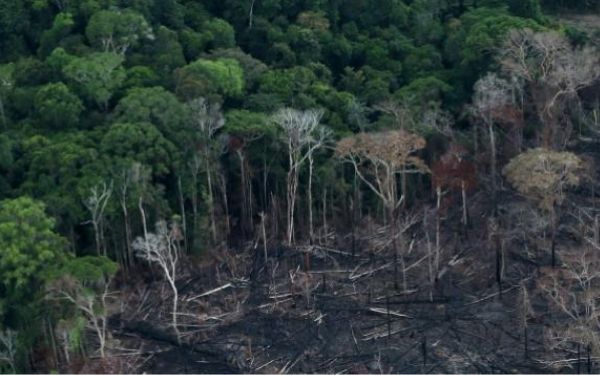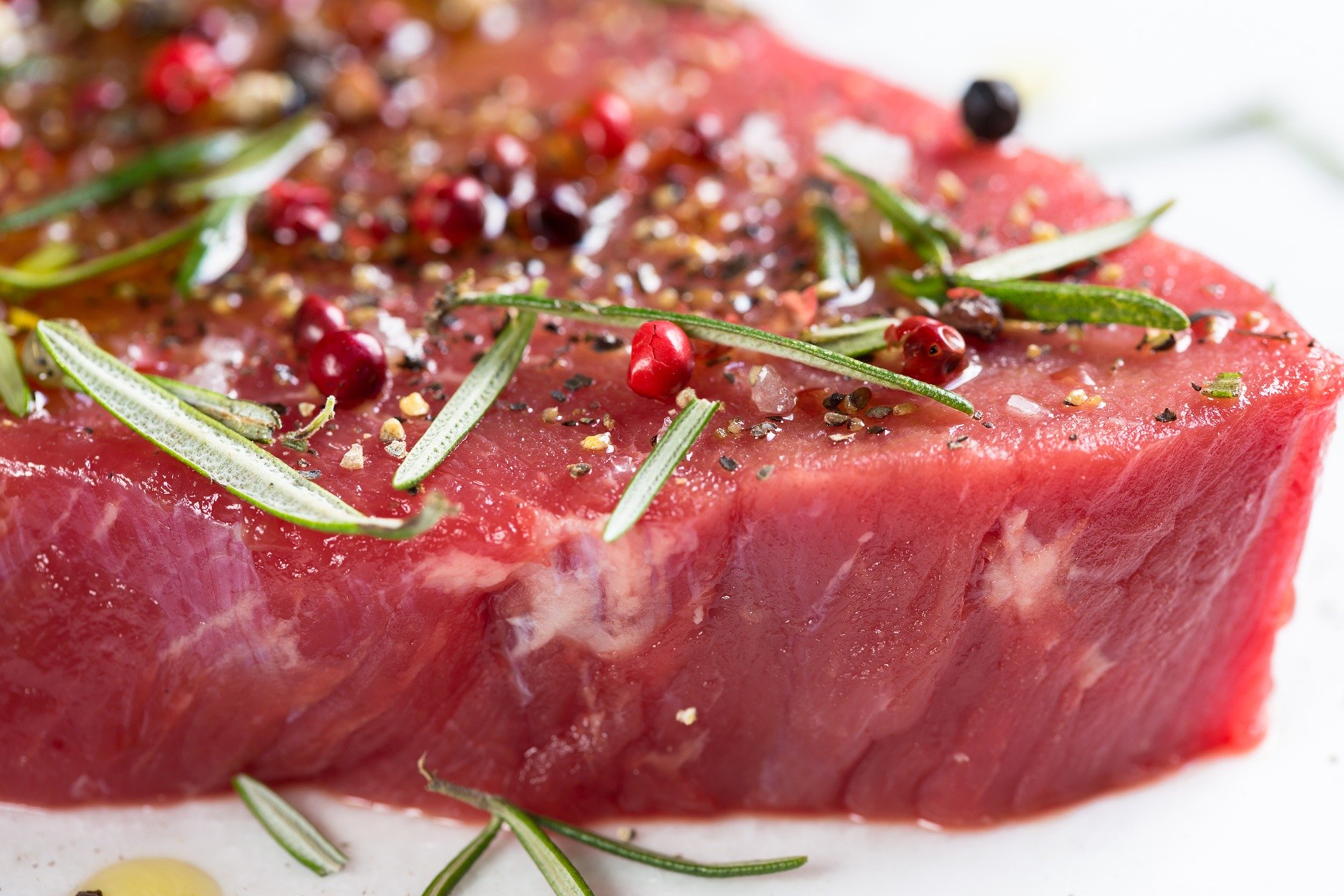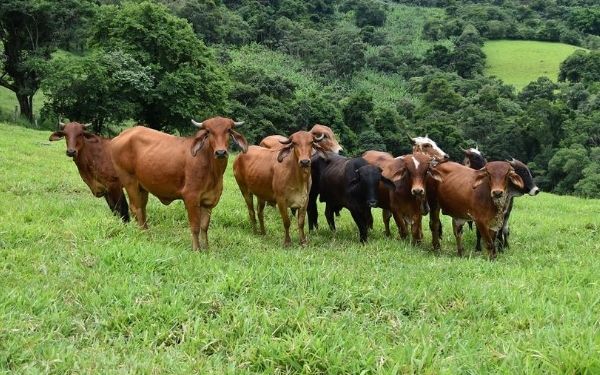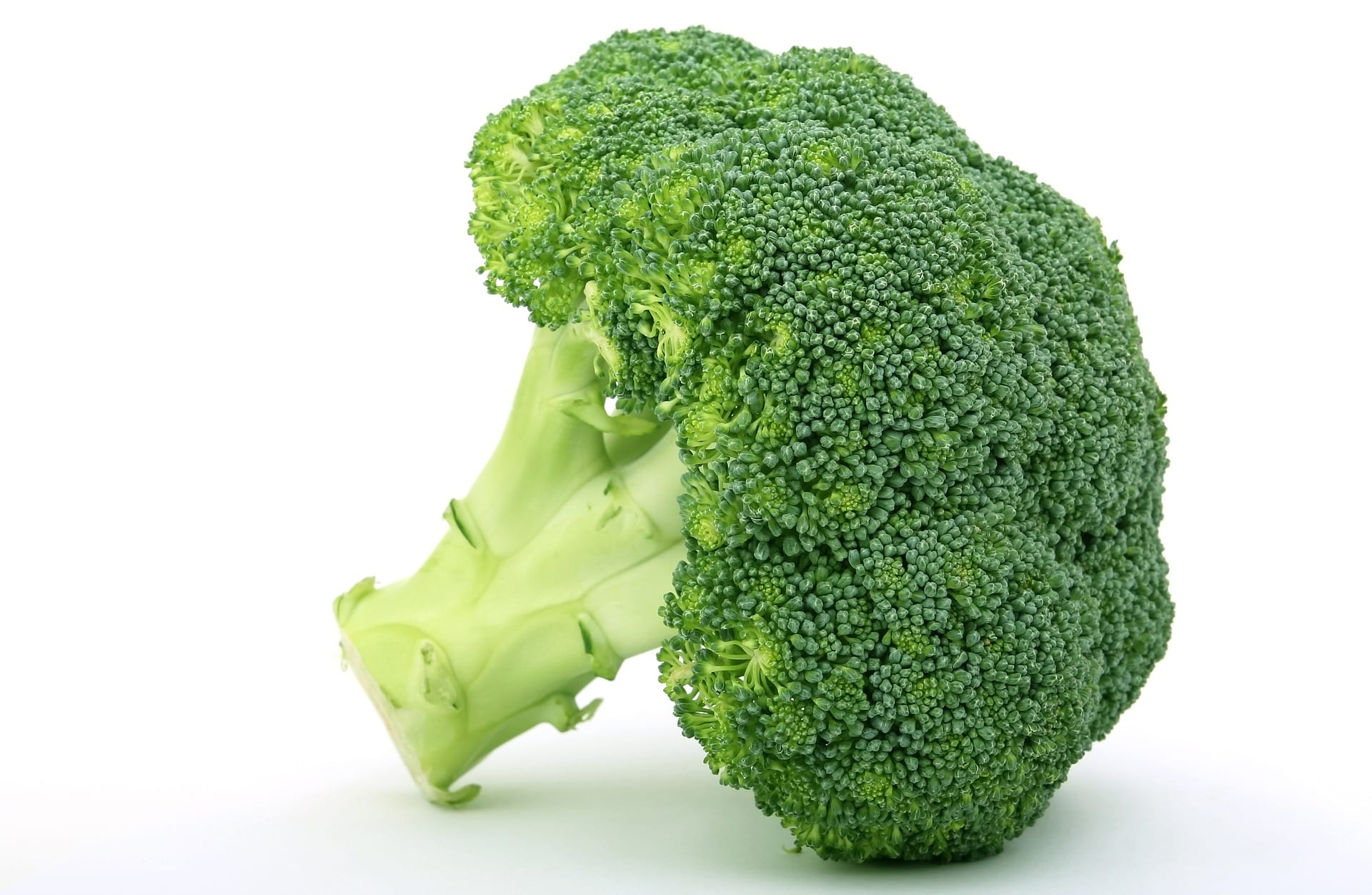For some years now, news has appeared on a recurring basis about the link between the meat consumption and deforestation of the planet. In one way or another, this information is linked to sustainability and the environment. We are going to try to explain what is happening with this issue and its links to a meat industry increasingly debated, especially by the sector Vegan. Is there really a problem that relates meat production to climate change?
Some facts about meat consumption
There are big differences in the meat consumption and the trends of this market in the world. Broadly speaking, in developed countries eating meat products decreases very slightly. On the other hand, in developing countries, especially in Asia, it increases significantly. In this way, the consumption increases 0,7% worldwide. It is estimated that in 2030 meat consumption will have grown by 10% compared to 2019.
In the case of Spain, the consumption of meat is reduced by 0,8% per year. In particular, in the profile of younger people who have opted for other types of food in recent years, significantly. All this has led to a reduction in the producer price, marked by imports from other countries, especially by agreements with the Mercosur countries (Latin America).
Spanish consumption is about 46 kg of meat / year of which 33 kg are fresh meat, the rest are manufactured products, basically sausages. Of the fresh meat products we consume, 2,5 Kg are of poultry meat, 10 Kg of pork, 5 Kg of beef, 1,4 Kg of lamb and kid meat and 1 Kg of rabbit. The latter seriously regressed with a 17% the last year. We can say that we have a reasonable consumption but that it is decreasing.
Meat consumption and deforestation, why?
The increase in meat consumption worldwide has led the large producing countries to increase their producing capacity. The most significant and serious is Brazil, with 10.000 square km only in 2019. The pressure of the large producers has led to accentuate and accelerate the large forest fires, basically in the Amazon, to convert these areas into pasture fields and cultivation of soybean.
This great legume is conquering Latin America as a source of protein for animal feed. Besides of meat consumption and deforestationThis produces an elimination of biodiversity by monoculture, as well as an effect on the surrounding populations.

In this way, it is calculated by Brazilian, North American and German experts that the 18% and 22% of Brazilian annual exports to the European Union are the result of illegal deforestation. Although experts warn that the percentage could be higher.
Thus, as these experts declared to the EFE agency, 45% of soybean and meat exporters in the Amazon (considered the plant lung of the planet) and 48% of the Cerrado (the largest tropical savanna in the world) "disobey the deforestation limits established by the Forest Code."
In this way it is calculated that more than two million tons soybeans could have reached Europe for the manufacture of feed illegally by meeting deforestation limits. It also happens with meat, although in many cases it is slaughtered elsewhere.
Sustainable meat and the environment
If meat consumption and deforestation extreme of countries like Brazil worry, it should be remembered that it is also a reasonable product for our health. Of course, it is increasingly necessary to look for local meats, ecological and / or that use feed with nearby raw materials. The use of extensive livestock in Spanish fields is positive for the maintenance of many hectares of the territory.
This is the case of pastures and meadows for Iberian pig and beef cattle. Also chicken and rabbit meat is healthy, and can be sustainable. In addition, in many cases they come from family farms that help make the territory viable.

Like any activity, cattle raising and farming generates greenhouse gases. It is estimated that 12% They are generated by these two sectors with 7,5% the first one, being in fourth position of the total. After transportation, with 27%, industry with 19% and electricity generation with 17%.
We must add that livestock also helps fertilize the field, avoid erosion and some fires, apart from making the country's meat production and consumption more self-sustainable. This production should be more and more ecological and proximity.
Also that, at the same time, it will inform the consumer of these values, making it participate, and that it will bet on an innovation that will help improve sustainability and the environment. Because we can't let him meat consumption and deforestation are linked in the destruction of the planet.







